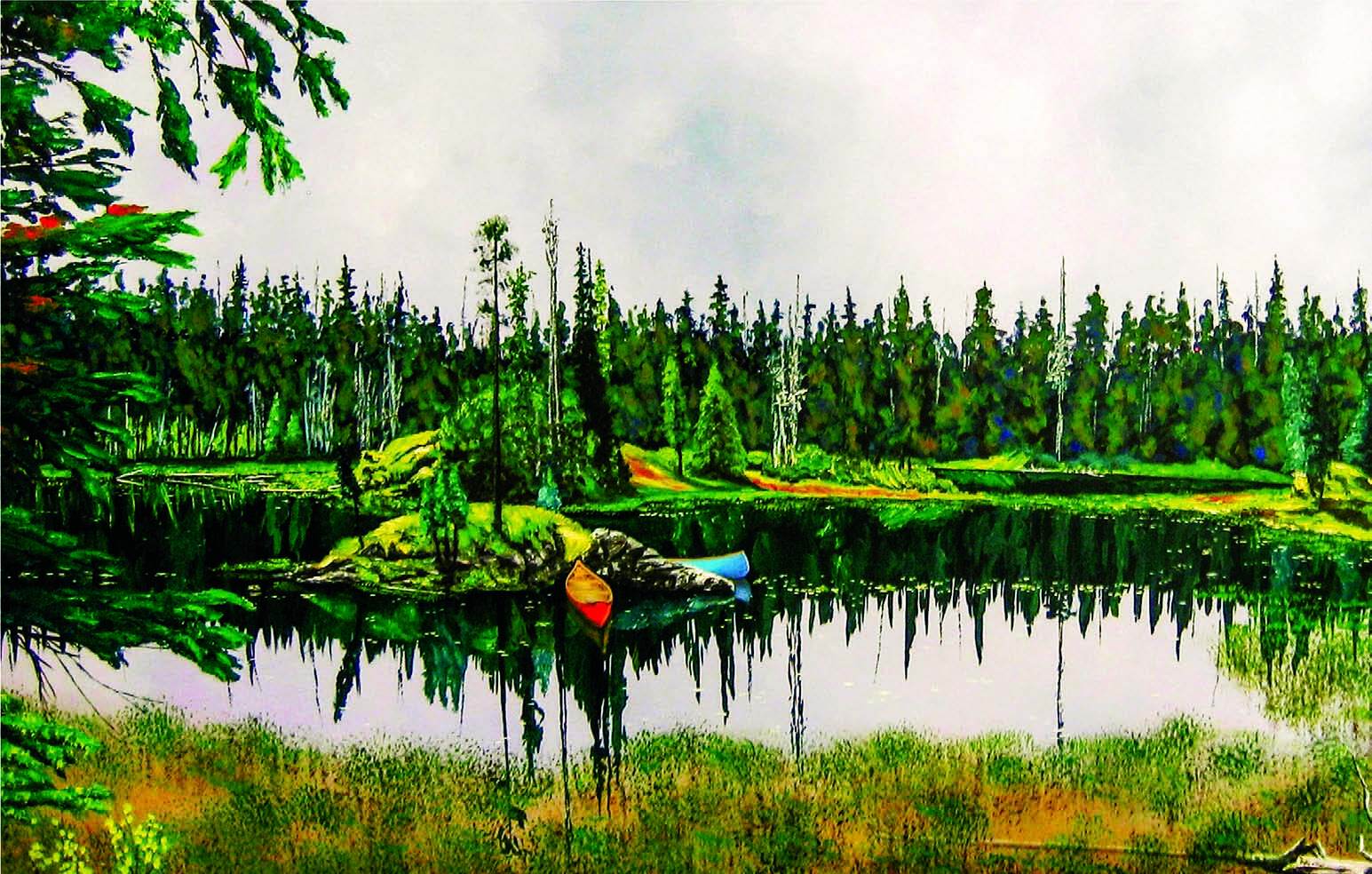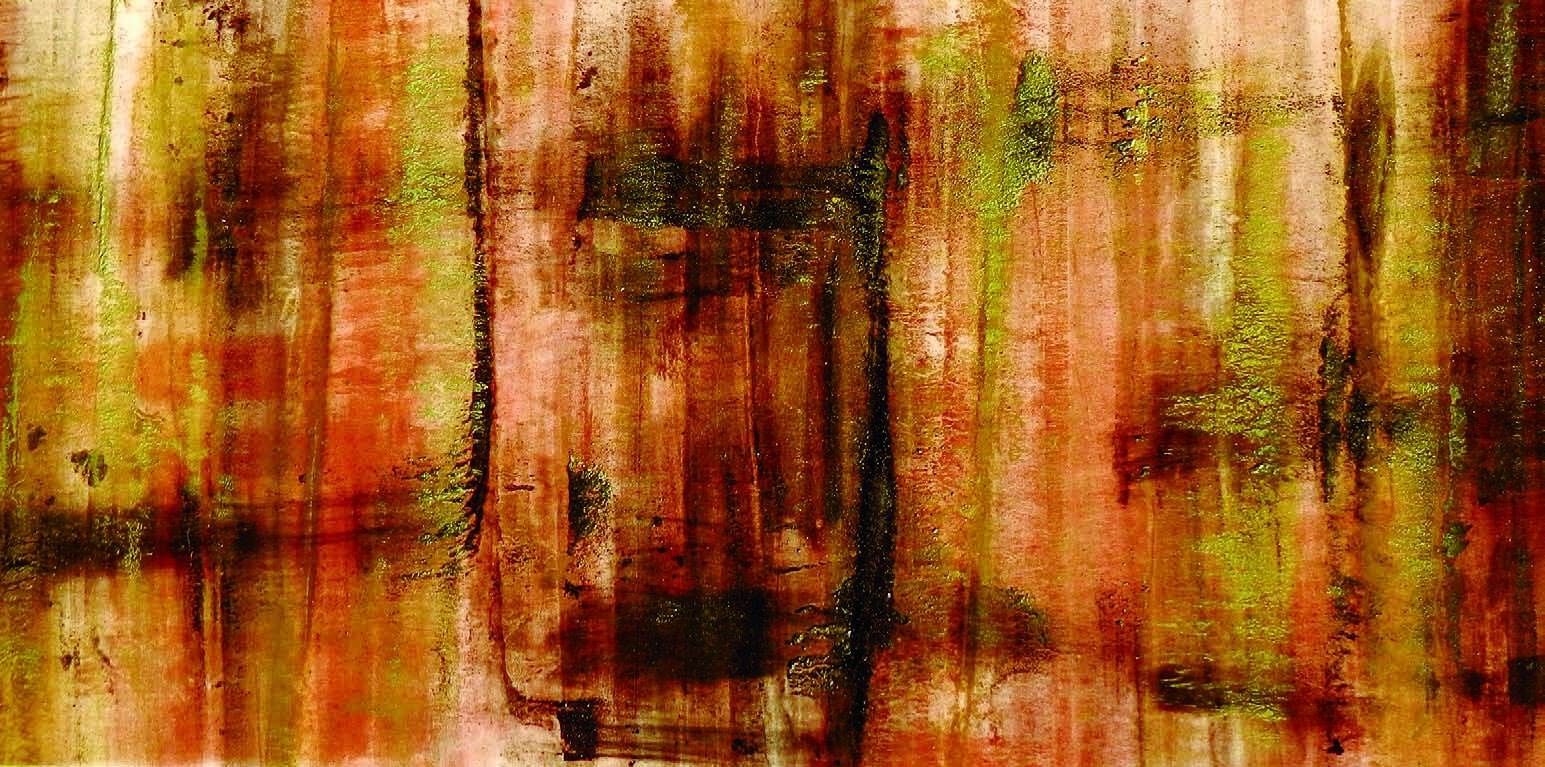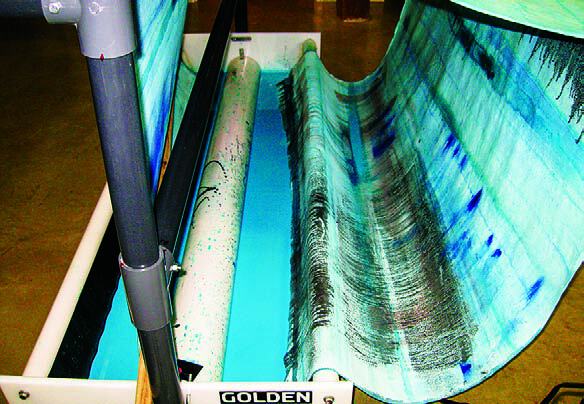
When it comes to the fine arts, the myth persists that scientists are too rational to make that leap, despite obvious exceptions such as Leonardo da Vinci (a scientist and inventor) and Michelangelo (an architect and engineer). On the flip side, we all know suffering artists who might suffer less if they learned basic drawing skills. Pablo Picasso takes a more balanced and encouraging view: “Every child is an artist. The problem is how to remain an artist once he grows up.”
The great minds of history consider art and science as branches of the same tree, and believe imagination and intuition inspire both pursuits. As Albert Einstein said, “I’m enough of an artist to draw freely on my imagination.” Artists and scientists share other common traits, including inner drive – the powerful and inescapable belief that somewhere, something wondrous is waiting to be discovered or created.
People working in exploration are keen observers, so it’s no surprise that many have an artistic bent, including winners of AME BC’s photo contests over the past decade. They’ve shared some memorable B.C. landscapes and close encounters with wildlife, along with action scenes that showcase how mineral exploration can peacefully coexist with nature. Many industry artists have achieved success in the world of fine arts, notably AME BC director Jeff Wilson (jeffwilsonart.org) and diamond driller John Ogilvy ( johnogilvy.com). Check out their website galleries – it’s time well spent. The two gifted artists profiled below, Ian Semple and Kevin Witzke, also have exploration experience that has helped inspire their very different styles of artistic expression. Here, they share their views on art, along with some of their works.

Ian Semple

As a geologist and, briefly, forester and rancher, Ian Semple has visited and worked in many remote frontiers of the world, including resource-rich parts of British Columbia. His Working Wilderness Heritage Series is a collection that reflects many of those places, as well as the interaction between humans and nature.
Semple rejects the notion that the depiction of a human figure or any signs of human activity within a landscape somehow diminishes its beauty and the value of the artistic thought. “We are also part of nature, and a balanced interaction of man and nature is part of the natural world,” he says.
Exploring The Bunster Plateau is a subtle example of such interaction, with only canoes signalling a human presence. This serenely beautiful landscape demonstrates the “three C’s” – composition, colour and contrast – that govern Semple’s work. Exploring The Stump Lake Area also captures a tranquil B.C. landscape that is not diminished by evidence of human interaction with nature.

Semple has other collections that include urban landscapes with strong natural elements, but some of his most interesting works are depictions of exploration scenes in the style of contemporary impressionism. He believes that no painter can out-compose nature, no matter how realistic the style of painting might be. Yet he captures the reality of exploration in memorable ways, with an example being Turning Final To Bronson Creek Airstrip. Anyone who has flown into B.C.’s Iskut River region will recognize the muddy churning waters and rugged mountain landscape.
Some of the paintings reflect mineral exploration of past decades when conditions were more primitive than today. A Race With Darkness and Better Late Than Never! capture that era by telling a story through evocative imagery and bold use of colour.
Kevin Michael Witzke
Nature and time provide a source of materials and inspiration for Kevin Michael Witzke, a contemporary Canadian artist specializing in experimental painting. His current work documents the history and culture of the Okanagan Valley (where he was born and still resides) and beyond, using time-based processes applied to natural pigments on large-scale paintings. His painting style reflects an interest in archeology and history, among other diverse studies that exposed him to systems of time analysis and measurement. His field experience in mineral exploration and his degree in fine arts have obviously helped him bridge art and science, nature and technology.
Witzke developed his first time-based painting apparatus in 2006, consisting of a suspension of three canvas basins documenting evaporation rings with raw pigment. He continues to use raw earth pigments as both subject and metaphor in his work.
Witzke has since developed other apparatuses and structures to hold water that flows and drifts through the pigments and canvas over varying periods of time. As the water evaporates, it leaves permanent path marks and patterns on the canvas. Mohawk Brothers is an example of Witzke’s paintings, which are unusually large. But as is the case with fine art, the more you look, the more you see. In this case, the markings of time are expressed in an unconventional yet memorable manner.
In some of his early works, Witzke combined traditional tube colours with foreign matter, such as dust, earth and seeds. Much of his current work uses natural pigments harvested by hand from various sites ranging from New York to Nunavut.
“I am also looking beyond my local environment and looking to use other soils, dirt and pollen and residues in a hybrid of archeo artistic practices,” Witzke says.
In 2012, Witzke was the recipient of a research and development grant from the Canada Council for the Arts. He can be reached at 250-212-7922 or [email protected].
